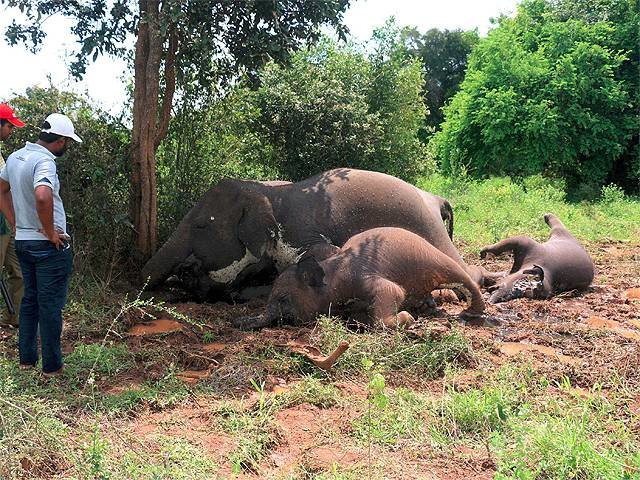
A female elephant, aged about 25 years, and two of her calves, aged 10 months and two years, and an eight-year-old female were found dead Sunday just outside the Wilpattu wildlife sanctuary, an official said.
"Villagers from neighbouring areas alerted the authorities and we carried out autopsies," wildlife veterinary surgeon Chandana Jayasinghe said. "The deaths were caused by lightning."
Local villagers in Mahavilachchiya, 250 kilometres (156 miles) north of Colombo, had reported heavy rains accompanied by thunder and lightning in the shrub jungle area on Friday when the elephants were thought to have been struck.
It was the worst natural disaster involving elephants since February 2011 when four baby elephants drowned in a major flood in the north-east of the country.



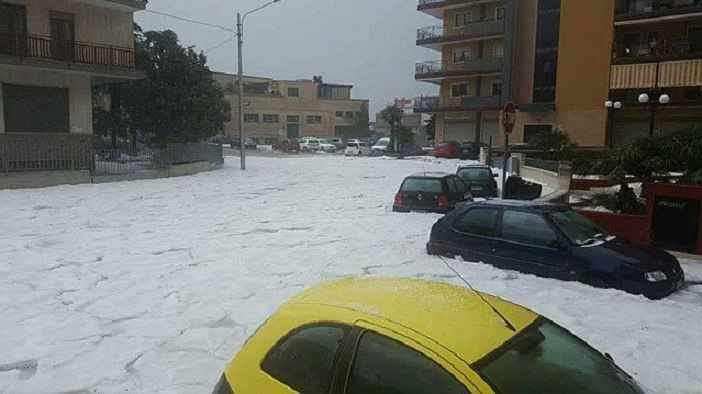

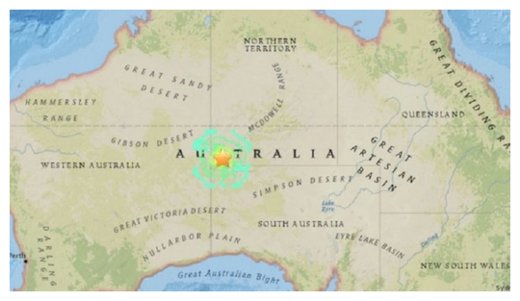
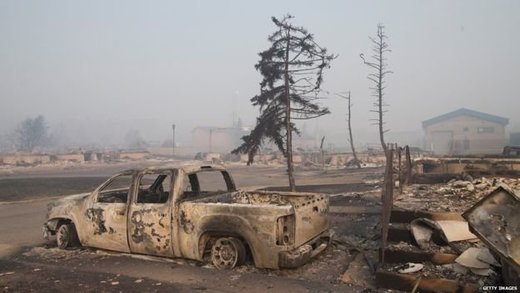
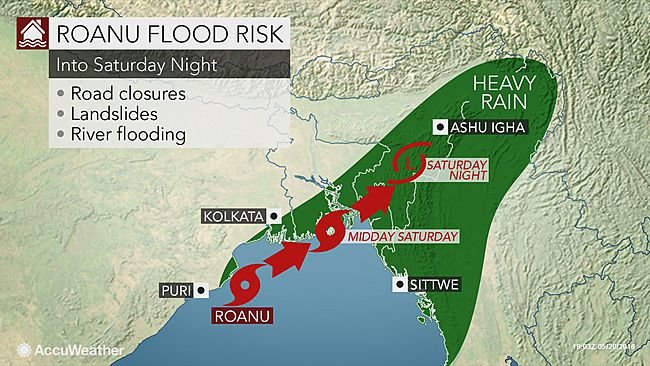
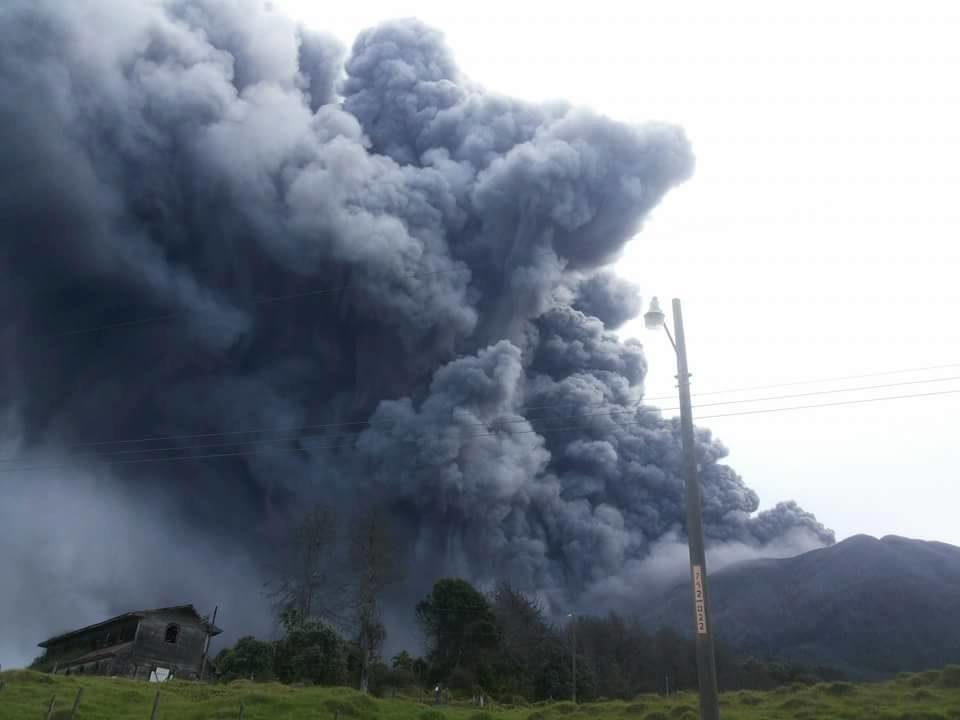
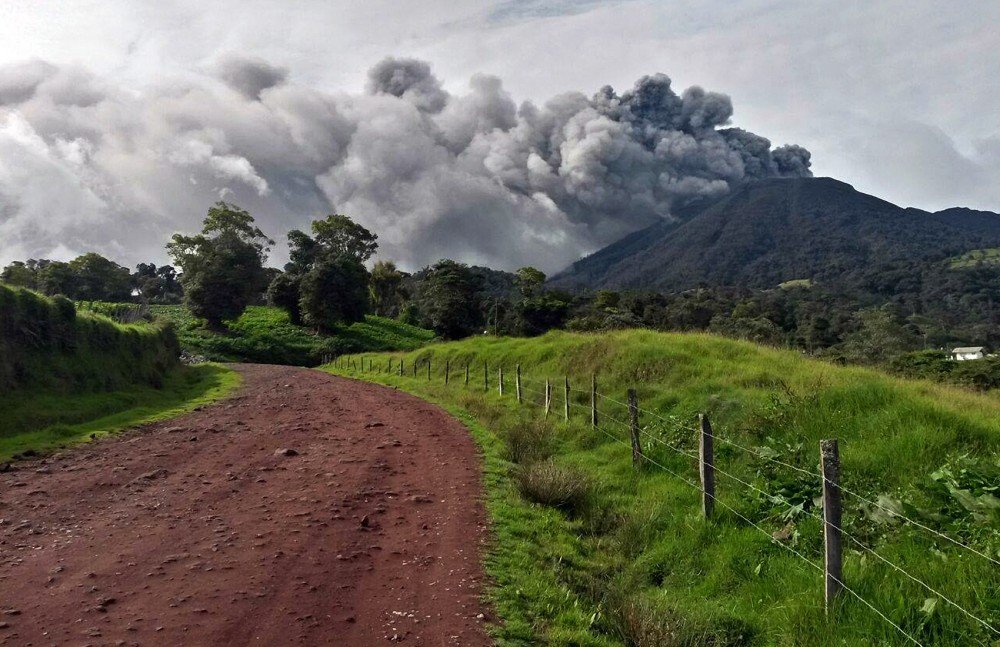



Comment: Earlier this month flooding caused deadly landslides in southern China